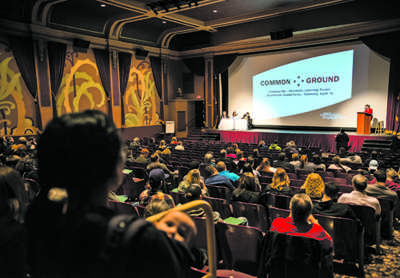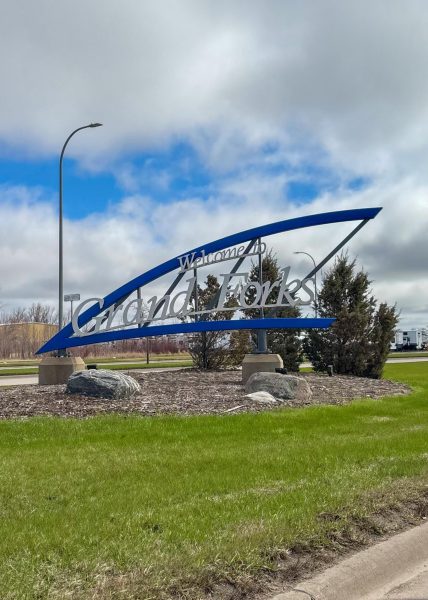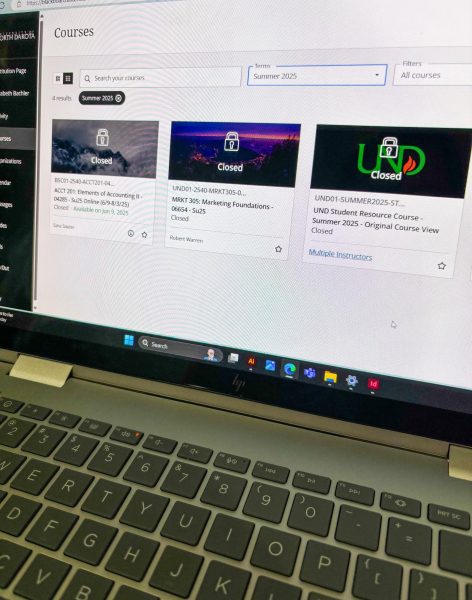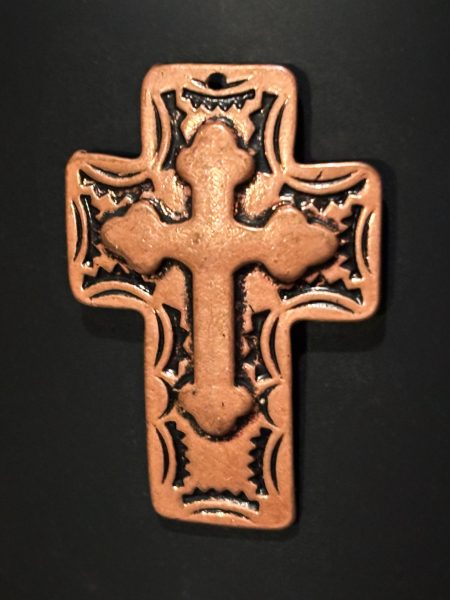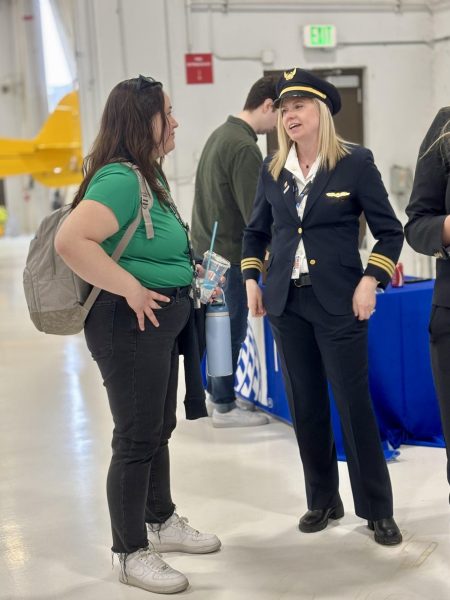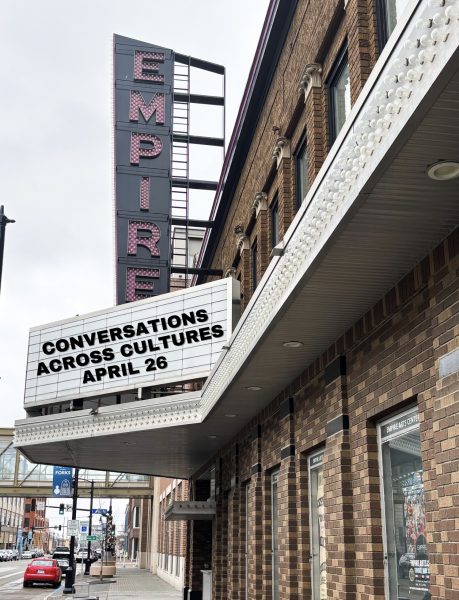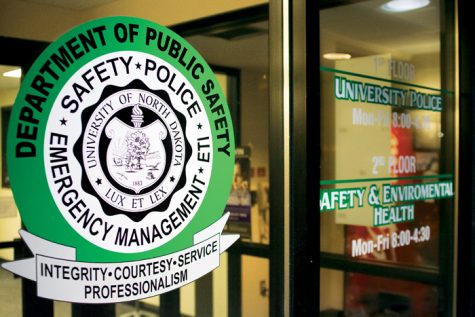Community residents seek ‘common ground’
Attendees of the “Common Ground” community/university learning forum listen to the main panel’s presentation. Photo by Nick Nelson/The Dakota Student.
Members of the Grand Forks area gathered to discuss issues important to the future of Grand Forks community this past Saturday at Empire Arts Center.
The UND Center for Community Engagement hosted the community-university learning forum. The theme was “Common Ground,” and the event featured several community leaders in the local government, non-profit and education sectors.
“It’s a great common ground starting point for all of us, what we need to know about the economy about our population, about our environment, about the social issues occurring here, about our neighborhood, about history,” said Lana Rakow, the Director of Community Engagement at UND. “These are all topics about our community that we have the opportunity to discuss today.”
Mayor Mike Brown kicked off the event with a brief speech about the importance of being involved in one’s community.
“Concepts like engagement are best taught through modeling or demonstrating,” Brown said. “That’s exactly what you are doing here today; modeling engagement by being engaged.”
Brown also spoke about the relationship between campus and the rest of the UND community.
“We want to encourage more interaction between campus and the community. We know the economic connection through jobs, research and industry,” Brown said. “Furthermore we want students to feel at home in Grand Forks, not just passing by getting degrees.”
After Brown’s speech, a panel consisting of Pat Berger, president of the United Way in the Greater Grand Forks area; Kristi Mishler, executive director of the Community Foundation, and Douglas Munski, associate professor at UND’s geography department, conducted a panel discussion on the state of the Grand Forks community.
Berger addressed many issues related to lower-income residents. Grand Forks county has a poverty rate of 21.8 percent, which is higher than the Minot, Fargo and Bismarck areas. The Federal Poverty Level is defined as an income of $11,880 a year for individuals and $24,300 a year for a family of four, according to the Department of Health and Human Services.
Grand Forks County has the second most people on the Supplemental Nutrition Assistance Program in the state, and affordable housing was listed as the number one concern for Grand Forks area residents in a January poll conducted by the United Way.
Munski spoke on the evolving conditions of the Grand Forks area and what it truly means to be a part of a neighborhood.
“We are residents of many overlapping and interlocking and often times contradictory and conflicting neighborhood elements,” Munski said. “If we think about this, where are the real neighborhoods of Grand Forks? Where do the citizens come together and help each other?”
Following the panel discussion, attendees broke up into 10 different small groups to discuss aspects of the Grand Forks Area, including topics ranging from the population to public art and community education.
Following lunch, the program concluded with an improv comedy show.
Leading up to the forum, students in Rakow’s community journalism class published a free community newspaper named “Common Ground” that addressed many of the topics discussed at the forum.
Sean Cleary is the editor-in-chief for The Dakota Student. He can be reached at sean.cleary@und.edu


